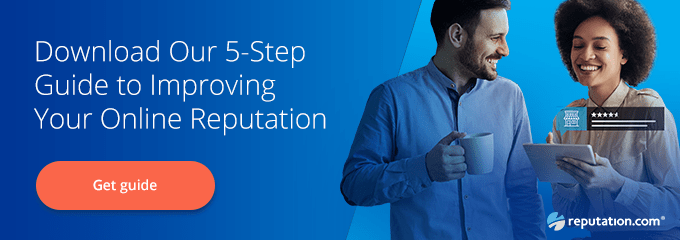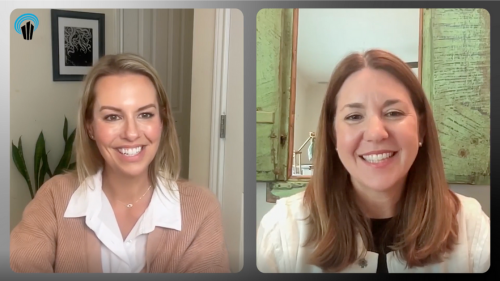Q&A with Trevor Young: PR Strategy That Takes Ownership of the Narrative
Reputation Staff Writer


Trevor Young is the “PR Warrior” who works with brands and individuals to take their communications to the next level. As an author, speaker and PR professional, Trevor constantly strives to go deep beneath the surface to find out what makes a brand really tick. Follow Trevor on LinkedIn or go to his personal site here.
What are the keys to helping brands relate well to the public?
Earning people’s trust is extremely important; you want people to know you, like you and trust you. You also want to be talked about in a positive way by others and be front of mind with the public. Those are the basic keys.
When brands tell their story, it gives people the information they need to decide whether they want to become a customer or to advocate, or become involved at some other level. It’s the only real way to differentiate yourself.
PR actually builds the foundation for marketing and sales. If you build that base 365 days a year, and you’re doing it in an open and respectful way by building value with content and answering their questions, by the time you get to the sales pitch they might be predisposed to listen to it, and they might even decide it could be right for them. Being a trusted source of information is another way a brand can relate well to the public.
What are some topics you speak about frequently and how do they impact brands?
I often speak about looking at content and social media through a PR lens. At times, what seems like a social media topic is actually more about leadership communications because of the audience—corporate and community leaders—and what they really need to know.
I challenge clients about whether they want to connect more deeply with community, and offer them tools to be able to do that. Developing a bond with the community is tremendously helpful when issues come up, but it’s a process that has to happen 365 days a year. It’s a big commitment that has always been about two-way communication.
How can brands tell their story in a way that helps their online reputation?
They can make sure to tell their story authentically, including the challenges and the ups and downs. Trust builds reputation.
When brands have internal company experts, it’s important to use them to accomplish these goals, and to make them consistent and easy to find. Being responsive and answering questions when you get them also impacts reputation in a positive way.
Most importantly, you should be a part of the online world—don’t separate yourself from it; instead, be a participant in it so you can make the connections you need.
What do you think customers most want to know about a brand?
Looking specifically at younger consumers, research increasingly shows that they want to see alignment with social issues about which they feel strongly. As one example, Patagonia has built a reputation around its stance on climate change and has earned many loyal customers because of it. Sometimes a brand will lose customers by taking a stance, but they will gain the customers that best align with their core beliefs. In the local community, brands can help local organizations promote events on your channels, if they already support them.
What is the most effective thing a brand can do to improve customer experience?
Brands can make it obvious who they are and what they stand for and show consistency around those things. They can also use content to be available and address people’s challenges and pain points or personal information gaps. No one ever went wrong being useful and helpful, and I think it’s a really good place to start.
Another way to go is to provide bigger picture, leadership content. Sometimes people don’t know what they don’t know, and you can inspire them with stories or maybe change the way they think on an issue.
[tweet_box design=”box_09″ float=”none”]”No one ever went wrong being useful and helpful, and I think it’s a really good place to start.”[/tweet_box]
How can brands collect data to measure the effectiveness of their public relations efforts?
I like looking at the smaller micro-level data, which does not take a large budget but can also be illuminating. Downloads of free content or tools, backlinks and credibility with Google are some types of data that can show how your PR is working.
Not all businesses rely on traffic, so for some, the data online is more about validation of the word of mouth you’re getting. You can also measure your newsletter, whether it’s growing an audience, and whether people are opening it and clicking through. Social sharing can also be measured by minutes viewed, how many people view it to the end, etc.
One general acronym I use for how I do things is VITAL: Visibility, influence, Trust, Advocacy, Leadership. Those words encapsulate best practices for PR and give brands some benchmarks to measure their success.











